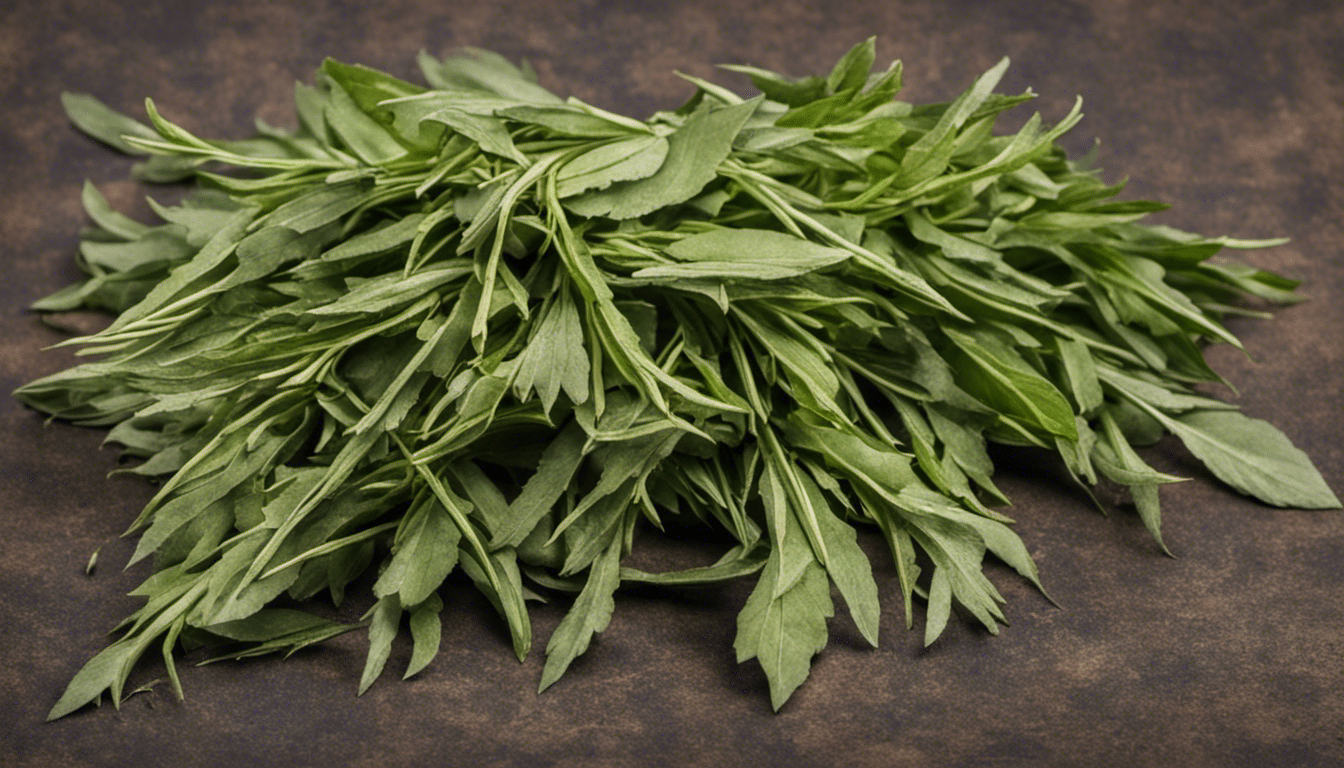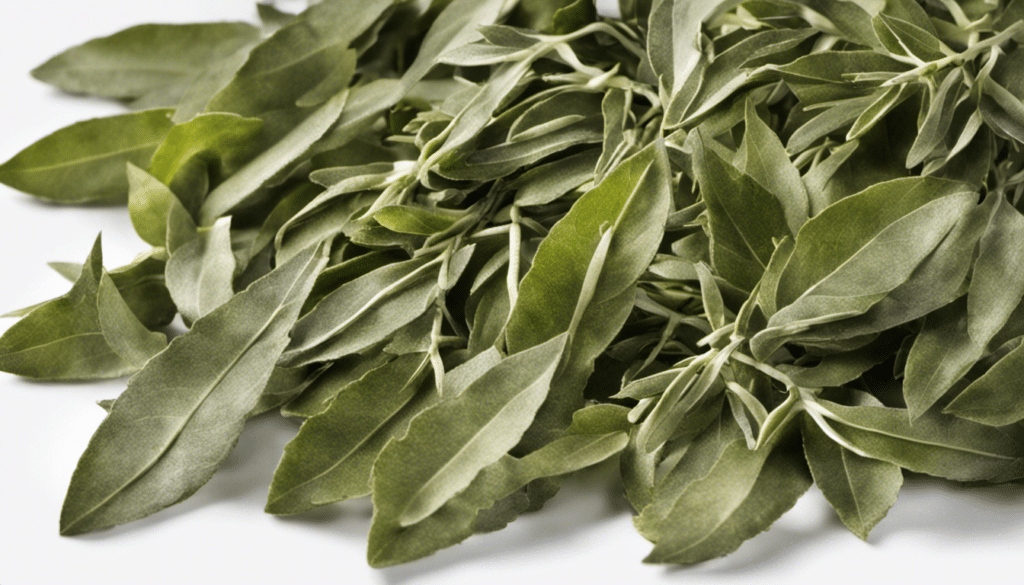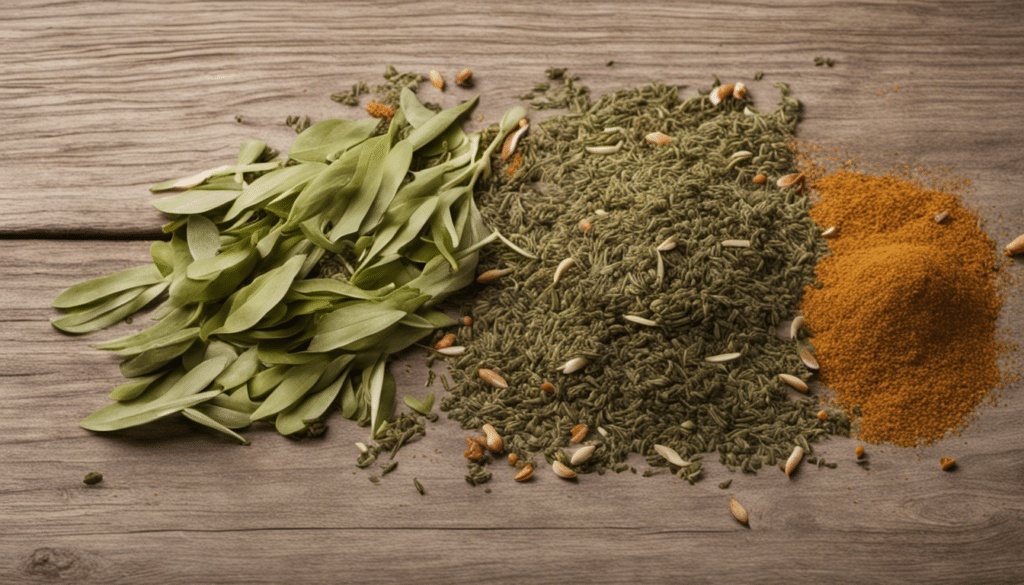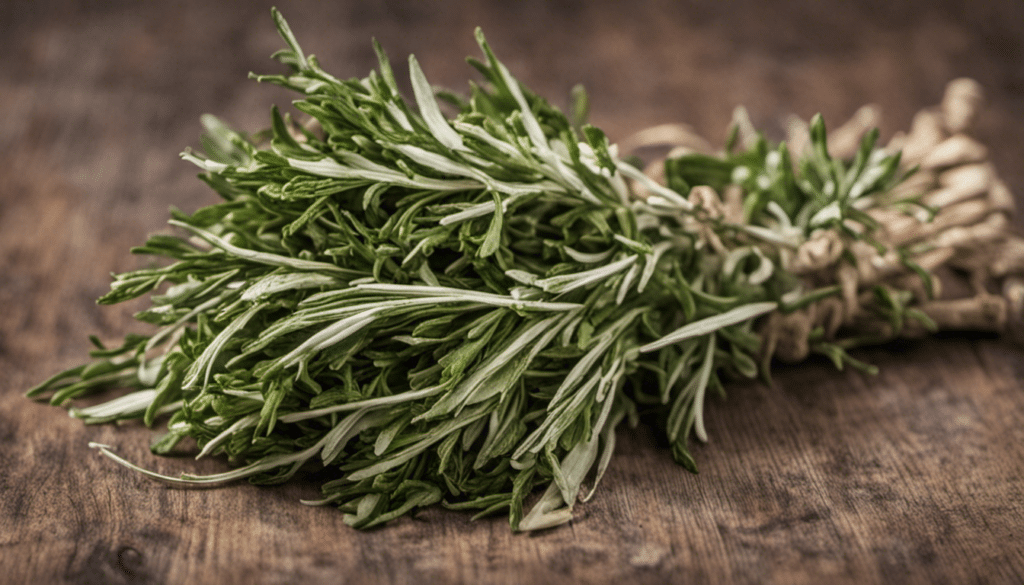Everything You Need to Know About Koseret Leaves
Introduction to Koseret Leaves
If you’ve ever explored the world of African cuisines, particularly Ethiopian, you might have come across an herb named Koseret. Known by the scientific name, Lippia abyssinica, Koseret is one of the lesser-known, yet interestingly flavourful herbs that are indigenous to regions of East Africa. Native to the highland areas of Ethiopia, Koseret is known to yield flowers with an alluring aroma, twinned with captivating taste enhancing properties, thus finding significant usage in culinary preparations. Stateside, it is usually marketed as “Ethiopian Koseret”.
Nutritional Profile and Health Benefits
Koseret leaves are not only prized for their culinary usage but also are highly appreciated for the abundance of health benefits they bring with them. These health benefits are majorly sourced from the multitude of essential oils present in the plant. Among these, the presence of myrcene takes the limelight, for its notable anti-inflammatory and analgesic properties. This can aid in alleviating a wide range of ailments including muscle sprains, pains, aches and even arthritis, serving as a natural remedy.
Further, Koseret leaves are also known to potentially possess antifungal and antimicrobial properties, which could be useful in preventing and treating infections. It is also said to have some antimalarial properties as stated in an article published in Journal of Nanomaterials.
Culinary Uses of Koseret Leaves
In culinary practices, Koseret leaves are traditionally used in Ethiopian and Eritrean cuisines. They are a staple ingredient in a clarified and seasoned butter preparation called ‘Niter Kibbeh’ or ‘Tesmi’, where the Koseret leaves are simmered along with other ingredients like garlic, cardamom, and turmeric, imparting a distinct flavor.
The leaves are used both fresh and dried. The fresh leaves have a stronger, aromatic flavor and contribute to a session of intense sensory delight, while the dried leaves are favored for their longer shelf life and ease in storage and usage.
Conclusion
Though Koseret is not as globally renowned as other herbs like Rosemary or Thyme, it holds a charm of its own. It is a prime example of how diverse the world of herbs and spices can be. Whether you’re exploring new cuisines or looking to add an extra spark to your dishes, Koseret leaves make for an intriguing addition. Used fresh or dried, they can truly enhance the flavors and the health quotient of your meals.
Koseret Leaves Recipe Ideas
- Koseret and Ginger Tea
- Spicy Koseret Chilli Sauce
- Ethiopian Berebere Spice Blend with Koseret
- Koseret Infused Olive Oil
- Koseret and Garlic Roasted Chicken
- Koseret Lemon Dressing for Salads
- Koseret Vegetable Soup
- Spiced Koseret Lentil Stew
- Koseret Flavoured Lamb Curry
- Sautéed Greens with Koseret




